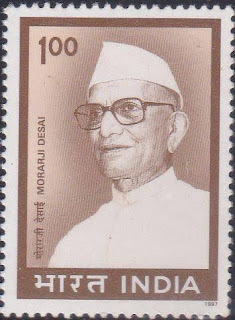Having been reared in Budapest, Pulitzer sought
a military career and emigrated to the United States in 1864 as a recruit for
the Union army in the American Civil War (1861–65). After the war he went to
St. Louis, Missouri, where in 1868 he became a reporter on a German-language
daily newspaper, the Westliche
Post. In 1871 he bought a share of that paper but soon resold it at
a profit. Pulitzer had meanwhile become active in politics, and he was elected
to the Missouri state legislature in 1869. In 1871–72 he helped to organize the
Liberal Republican Party in Missouri, which nominated Horcace Greeley for
president in 1872. After the party’s subsequent collapse, Pulitzer became
and remained a lifelong Democrat.
In 1874 Pulitzer acquired another St. Louis
German-language paper, the Staats-Zeitung,
and advantageously sold its Associated Press franchise to the St. Louis Globe (later Globe-Democrat).
Four years afterward he gained control of the St. Louis
Dispatch (founded 1864) and the Post (founded
1875) and merged them as the Post-Dispatch, soon the city’s dominant
evening newspaper. On October 5, 1882, Pulitzer’s chief editorial writer shot
to death a political opponent of the Post-Dispatch.
Public reprobation and his own ill health prompted Pulitzer to shift his
newspaper interests to New
York City, where he purchased (May 10, 1883) a morning paper, the World, from the financier Jay Gould. He soon turned
that paper into the leading journalistic voice of the Democratic Party in the
United States. Pulitzer founded the World’s
evening counterpart, the Evening World,
in 1887.
In his newspapers, Pulitzer combined exposés of
political corruption and crusading investigative reporting with publicity
stunts, blatant self-advertising, and sensationalistic journalism. In
an effort to further attract a mass readership, he also introduced such innovations
as comics, sports coverage, women’s fashion coverage, and illustrations
into his newspapers, thus making them vehicles of entertainment as well as of
information.
The World eventually
became involved in a fierce competition with William Randolph Hearst’s New York Morning Journal,
and the blatant sensationalism that both newspapers resorted to in espousing
the Spanish-American War of 1898 led to the coining of the term “yellow journalism” to
describe such practices. Failing eyesight and worsening nervous disorders
forced Pulitzer to abandon the management of his newspapers in 1887. He gave up
his editorship of them in 1890, but he continued to exercise a close watch over
their editorial policies.
In his will, Pulitzer endowed the Columbia University
School of Journalism (opened 1912) and established the prestigious Pultizer Prizes, awarded
annually since 1917.











